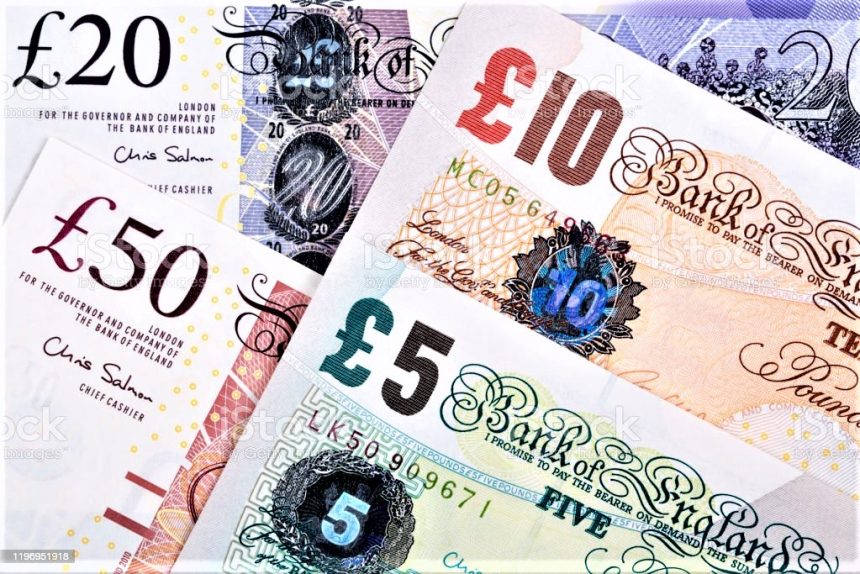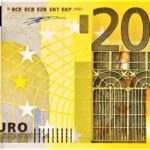Pound falls substantially from 1.3400 to the US dollar ahead of critical US economic data.
In Tuesday’s London session, the Pound Sterling (GBP) fell below 1.3350 due to selling pressure around the key resistance level of 1.3400 against the US Dollar (USD). The GBPUSD pair falls as investors become cautious ahead of US job market data, which could provide new clues about how much the Federal Reserve (Fed) will cut interest rates further this year.
The Fed began the policy-easing cycle continued with a 50 basis point (bps) interest rate drop to 4.75%-5.00% on September 18. Policymakers chose a larger-than-usual cut amid growing concerns about sluggish job creation and rising confidence that inflation will return to the bank’s objective of 2%.
Economists predict US manufacturing activity to fall again in September.
Investors pay special attention to the US ADP Employment Change and Nonfarm Payrolls (NFP) statistics for September, which will be release on Wednesday and Friday, respectively.
On Monday, Fed Chair Jerome Powell pulled down market expectations for an aggressive rate-cutting cycle. “This is not a committee that feels compelled to cut rates quickly,” Powell stated at the National Association for Business Economics meeting. “If the economy If things continue as planned, there will be two further cuts before the end of the year, for a total reduction of half a percentage point,” he added.
Investors focus on the US JOLTS Job Openings data for August and the ISM Manufacturing PMI data for September, which will be release at 14:00 GMT. Economists estimate job opportunities to have remained essentially stable in August compared to July, at roughly 7.67 million.
Meanwhile, the ISM Manufacturing PMI predicted to rise marginally, to 47.5 from 47.2. Nonetheless, the metric suggests that industry activity continued to decline.
Daily market movers: Pound Sterling declines despite BoE Greene’s warnings of inflation increasing again.
The pound sterling underperforms its major counterparts on Tuesday. The British pound falls even as market expectations for the Bank of England (BoE) to cut interest rates in November fall further following Megan Greene’s address at the National Association for Business Economics conference.
Megan Greene, who voted to keep interest rates steady at the last two policy meetings, suggested that the United Kingdom’s (UK) consumption-driven recovery could trigger price pressures again. Greene noted that the restoration of headline inflation to the bank’s target of 2% was the result of a transitory drop in oil prices. Inflation in the service sector, which is carefully monitored by BoE policymakers, is also “worrisome,” she said. However, she remained optimistic that prices are “moving in the right direction,” Bloomberg reported.
Megan Greene, a member of the BoE’s MPC, warned inflation could rise again when consumption recovers sharply.
Financial market investors expect the BoE to drop interest rates once more in the fourth quarter of the year, most likely at the December meeting. The BoE shifted to policy normalization with a 25 basis point interest rate drop on August 1, although borrowing rates remained steady on September 19.
The next key trigger for the Pound Sterling will be the speech by BoE Chief Economist Huw Pill, which is planned for 14:00 GMT. Pill’s speech could provide more insight into the interest rate outlook for the rest of the year.
In terms of economic data, the revised S&P Global/CIPS Manufacturing PMI estimate for September was 51.5, which remained constant from the flash estimate.









